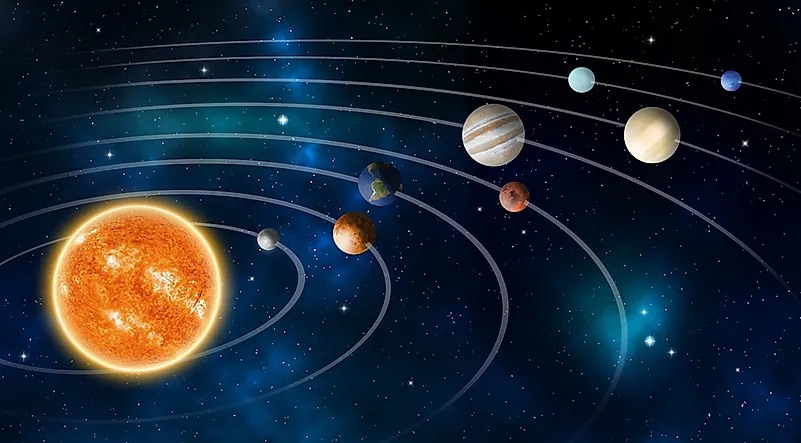The Way of the Inner Planets


The Siddhas of Tamil country have developed many sciences that remain still ill understood for lack of modern studies. One such a great Psychologist who has been virtually forgotten is Kadaip PiLLai who probably lived around the 16th or 17th cent AD after which the Tamils lost their independent and adventurous thinking.
He appears to develop further the psychological sciences as developed by KaoGakaNar, Iramatteevar (also Yakoopu) Pulattiyar and so forth registering some important developments of his own. Among the books still available we have ‘Njana Saittanyam-7”, ‘Njana Samaati ttidcai-17”, ‘ Njanat taNdakam- 50’, ‘Njanak Kakkisham-80’ ‘ Civayoga Njaanam- 100’ “Kalaikkiyaanam -120’ and so forth. These are available in the Vol 3 of Yoganjana Sastrat Tiraddu published recently by Tamarai Nulakam, of Chennai.
In Kalaikkiyaanam, one of the books he wrote, he claims that he has articulated new insights that he calls the Udkiraka Markkam (the way of the inner planets) following the initial lead given by KoGkaNar, a legendary figure among the Tamil Siddhas and which is the true shape of astrology and which is also a form of KuNdaliNi Yoga.
Vasanittu anukkiraka vaarttai peRRu
maarkkamudan udkiraka maarkkaG kaNdu
Nisanittu aataara muulaG kaNdu
nilait tavaRaak kalai aRintu mudimeeR cenRu
Tisanittu cuzumunaiyil niRkumpootu
tiruvaaciyenRa kalaiyaik kaNdeen
Pasanitta kalaiyaRintu paadineen maintaa naanum
paadineen panniraNdu pattuntaanee 2
maarkkamudan udkiraka maarkkaG kaNdu
Nisanittu aataara muulaG kaNdu
nilait tavaRaak kalai aRintu mudimeeR cenRu
Tisanittu cuzumunaiyil niRkumpootu
tiruvaaciyenRa kalaiyaik kaNdeen
Pasanitta kalaiyaRintu paadineen maintaa naanum
paadineen panniraNdu pattuntaanee 2
Meaning:
I sang this book of 120 verses after having gained the initial insights from my Guru (KoGkaNar?) and developed further with systematic thinking and clear understanding as the Udkirak Markkam i.e. the Way of Inner Planets. Seeking only truths and avoiding falsities, I saw the originating grounds of all as the unfailing divisions of the Moon and Sun principles within and reaching the loftiest heights, I stood there contemplating deeply about all, establishing myself firmly in the Cuzi Munai Nadi. At that point I also the saw the Tiruvaci, the Circle of all mantras and now the whole science having become clear, I wrote this book of 120 verses.
The Udkiraka Markkam, (Udkirakam: the inner planets) being mentioned here is actually the TRUE identification of the Navakkirakas as the yantras that actually exist within the brain and configure the functioning of the senses and along with it the anma itself. This is a continuation of what Meykandar mentions in His Civanyaabotam i.e. there will NO SEEING when the showing from within ceases to be (kaaddu oduGka anma kaaNaatu).
Clearly Kadaip PiLLai has taken this phenomenology of perception to new heights.
The verse contains some comments on methodological issues that are very interesting. First of there is ‘vasanittal’ and ‘anukirka vaarttai peRal’ and which means having a dialogue and getting words of assent or agreement. There is also ‘nisanittal’ and which means ascertaining what is truth and what is false. This clearly shows that the orientation is scientific for what matters is NOT opinion even if comes from the guru but only truth of the matter. Following or along with it, there is ‘tisanittal’ which means ‘tii-sanittal’ bringing about CLARITY of understanding by gaining what is also called CiRSakti, the Lumens. Thus tisanittal is not simply tiyaanam (> Sk. dhyana) but rather the INTERPRETIVE movements of understanding for only by such moves LEARNING can take place and clarities attained. The ‘pasanittal’ means articulating such clarities and hence more especially it means ‘metadiscourses’ — articulations that allow refutations or cause agreements to prevail.
The essential findings, the contents of the metadiscourse is that, through a journey through the nadies or psycho tropisms, he ascends the inner world and sees the Six Ataara Cakras, the metaphysical realms as configured by the mantra complexes and which figure the inner planets.
Thus what is unfolded is the Science of Seeing, overcoming the limited seeing of ordinary life and through destroying the forces of metaphysical blindness, managing to SEE more and more.
In the Book CivayogaNjaanam there is verse clarifying this.
ViNNoLiyil katimatitaan kaNNeeyaakum
Meyyatoo poyyatoo kaNtaan kaaNum
ViNNoLiyil cuuriyan taan pakalaay vanta
Vitamaana matiyatutaan iravaay vanta
KaNNolIyee kaNdatallaal veeRonRillai
Karuttu vaittaluG karuNaik jkaNnaik kaaNaar
ONNoLiyee veeRumillai kaNNoovonRu
Ookookoo poyalla meyyumaaccee 10
Meyyatoo poyyatoo kaNtaan kaaNum
ViNNoLiyil cuuriyan taan pakalaay vanta
Vitamaana matiyatutaan iravaay vanta
KaNNolIyee kaNdatallaal veeRonRillai
Karuttu vaittaluG karuNaik jkaNnaik kaaNaar
ONNoLiyee veeRumillai kaNNoovonRu
Ookookoo poyalla meyyumaaccee 10
In the Transcendental Light that illuminates all, the Sun and Moon serve as the eyes. Whether true or false it is the EYE that sees and affirms the truth and falsity. It is in the inner light (kaNNoLi) that the Sun serves as the daylight of clarity and the Moon that discloses the hidden and concealed, hence the Light during the night of Darkness. No matter how we look at it, it is the light of eyes that sees and nothing else. Now in this science, it is not that easy to acquire and see with the arutKaN, the Eyes of BEING Himself. But behold, when this happens, there is only the Light of True illuminations where falsities are NOT seen at all and everything seen are truths.
What is important here is the notion of ON OLi, the radiance from within that enables the seeing of truths and the vision of this is called seeing with arutkaN. Thus each time a person succeeds in accessing this way of seeing he also accesses the seeing of truths! Thus articulations at this point, the metadiscourses are NOT mere opinions, views, perspective etc but rather articulations of TRUTHS and hence statements of something objectively there.
ULLAGANAR

No comments:
Post a Comment